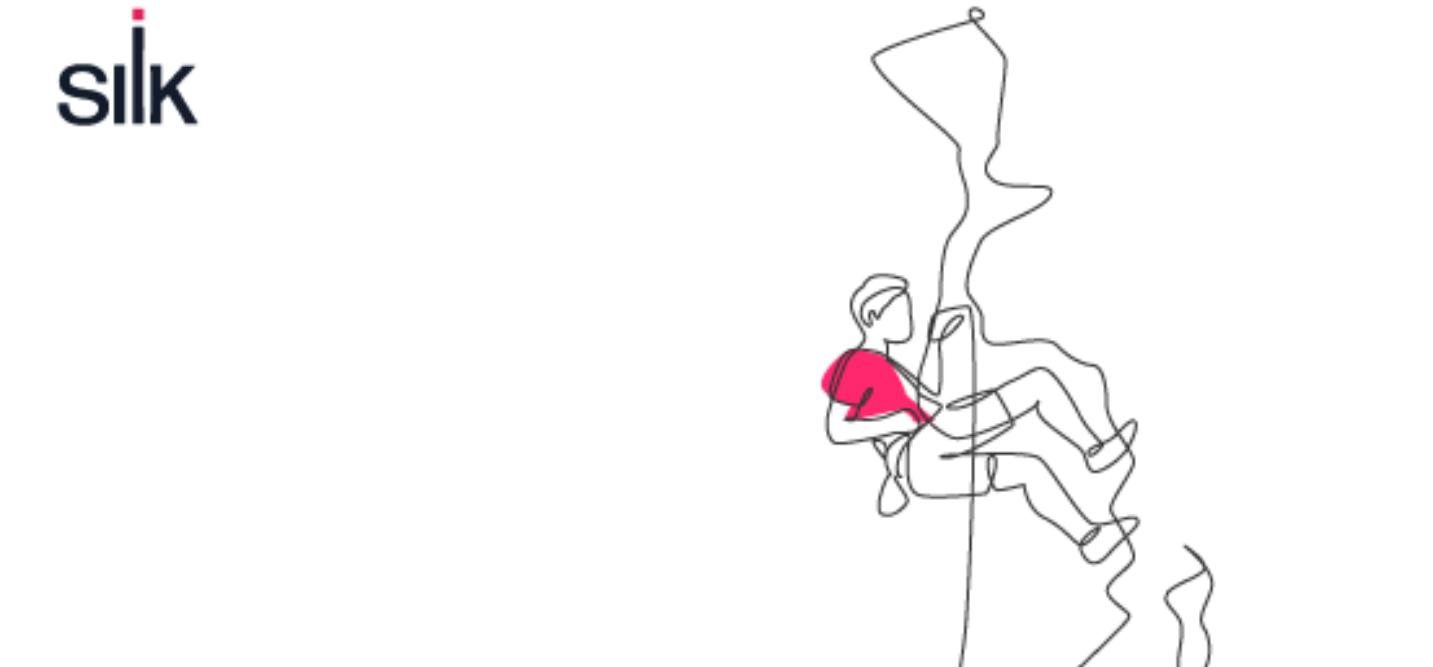The healthcare industry is experiencing a pivotal transformation. Cloud technology has moved beyond a trend to become a cornerstone for innovation, cost savings, and operational efficiency. Yet, for many healthcare organizations, the journey to the cloud is as daunting as it is promising. In this blog, we explore the trends driving cloud adoption in healthcare, the benefits it delivers, and the strategies to unlock its full potential.
Why Now? The Drivers of Cloud Adoption in Healthcare
Historically, the healthcare sector has lagged behind other industries in adopting cloud solutions. However, the past few years have seen an accelerated shift driven by a convergence of factors:
- Regulatory Alignment: Public cloud providers have matured their offerings to meet stringent healthcare compliance standards, such as HIPAA. This has eased concerns around security and privacy, enabling more organizations to make the transition.
- Operational Agility: In a fast-paced healthcare environment, the ability to quickly deploy, scale, and adapt IT systems is critical. Traditional on-premises data centers often take months to implement changes, whereas cloud environments can do so in days or weeks.
- AI and Data-Driven Care: With the rise of generative AI and advanced analytics, healthcare organizations need centralized, scalable, and high-performance data environments. Cloud solutions provide the foundation for integrating AI into workflows, from imaging diagnostics to patient engagement.
- Pressure for Cost Efficiency: Amid rising healthcare costs, providers and payers are under pressure to optimize budgets. Cloud technology’s pay-as-you-go model allows organizations to align IT expenses with actual usage, reducing waste and maximizing ROI.
The Benefits of Cloud for Healthcare Organizations
Cost Savings and Optimization
One of the most immediate benefits of cloud adoption is cost savings. By eliminating the need for over-provisioned data centers, healthcare organizations can:
- Reduce capital expenditures on hardware and infrastructure.
- Avoid the upfront costs of provisioning capacity for future growth.
- Lower operational costs by streamlining IT management and maintenance.
For example, leveraging technologies like Silk’s software-defined cloud storage platform can optimize data storage, compute resources, and database licensing, delivering significant cost efficiencies.
Enhanced Performance
High-performance workloads, such as electronic medical records (EMR) systems, require sub-millisecond latency to ensure seamless user experiences. Cloud environments not only meet these demands but often exceed them. The ability to quickly retrieve, process, and display data enhances caregiver efficiency and improves patient outcomes.
Resilience and Security
The healthcare industry is a prime target for cyberattacks. Cloud solutions provide:
- Improved disaster recovery: Multi-region deployments ensure minimal downtime.
- Advanced security frameworks: Built-in encryption, data masking, and compliance features protect sensitive patient data.
- Scalability for AI and analytics: Cloud platforms can handle the increasing volume and complexity of healthcare data without compromising security.
Accelerated Innovation
Artificial intelligence is reshaping healthcare. Applications range from AI-powered imaging tools that assist radiologists to predictive analytics that identify at-risk patients. The cloud’s scalability and speed make it the ideal environment for training and deploying AI models. It allows healthcare organizations to experiment, iterate, and innovate without being constrained by legacy systems.
Rethinking the Cloud Journey: From Strategy to Execution
While the benefits of the cloud are compelling, achieving them requires a shift in mindset and strategy. Healthcare organizations must:
Embrace New Architectures
The cloud is not just a new location for old systems. It’s an opportunity to reimagine IT architectures to optimize performance and cost. For example, using Silk’s thin-copy technology can dramatically reduce the time and expense of creating data copies for development and testing environments.
Prioritize Data Governance and Compliance
With data centralization comes the need for robust governance frameworks. Ensuring compliance with regulations like HIPAA while enabling accessibility for AI and analytics is a delicate balance. Tools that facilitate secure data masking and segmentation are critical.
Foster a Culture of Continuous Optimization
The cloud journey doesn’t end with migration. Regularly revisiting architectures, workloads, and processes ensures continued optimization. Organizations should:
- Conduct periodic architectural reviews.
- Engage cross-functional teams, including IT, finance, and operations.
- Leverage insights from tools like Silk to refine workflows and improve performance.
Enable AI at Scale
To maximize the value of AI, healthcare organizations need their data centralized, accessible, and secure. Using Silk’s platform to orchestrate copies of production data for AI training and analysis allows organizations to innovate without impacting live systems. This approach minimizes costs and maximizes AI’s potential to transform care delivery.
Real-World Impact: Success Stories in Cloud Transformation
Healthcare organizations leveraging cloud solutions are already seeing transformative results:
- Faster Development Cycles: By using tools like Silk, one payer reduced data refresh times from a week to just 15 minutes, doubling their development environment capacity while cutting costs.
- Improved Caregiver Efficiency: Providers report 20% performance improvements in EMR systems after migrating to the cloud, reducing screen lag and enhancing the quality of patient care.
- AI-Driven Insights: Organizations implementing AI-powered imaging tools are identifying conditions earlier, leading to life-saving interventions.
A Continuous Journey Toward Innovation
The move to the cloud is more than a technology shift; it’s a transformation in how healthcare organizations operate, innovate, and deliver care. By embracing cloud-native architectures, prioritizing optimization, and leveraging tools like Silk, providers and payers can unlock unprecedented opportunities.
The journey is ongoing, but the rewards—from cost savings to improved patient outcomes—make it a worthwhile endeavor.
Ready to harness the power of the cloud in healthcare?
Watch our webinar to discover strategies, insights, and success stories from industry leaders.
I Gotta See This



